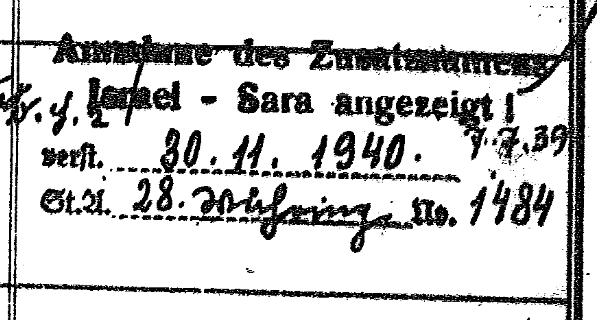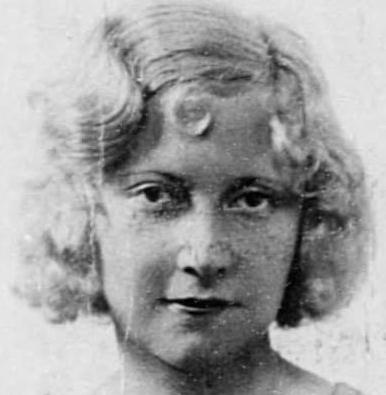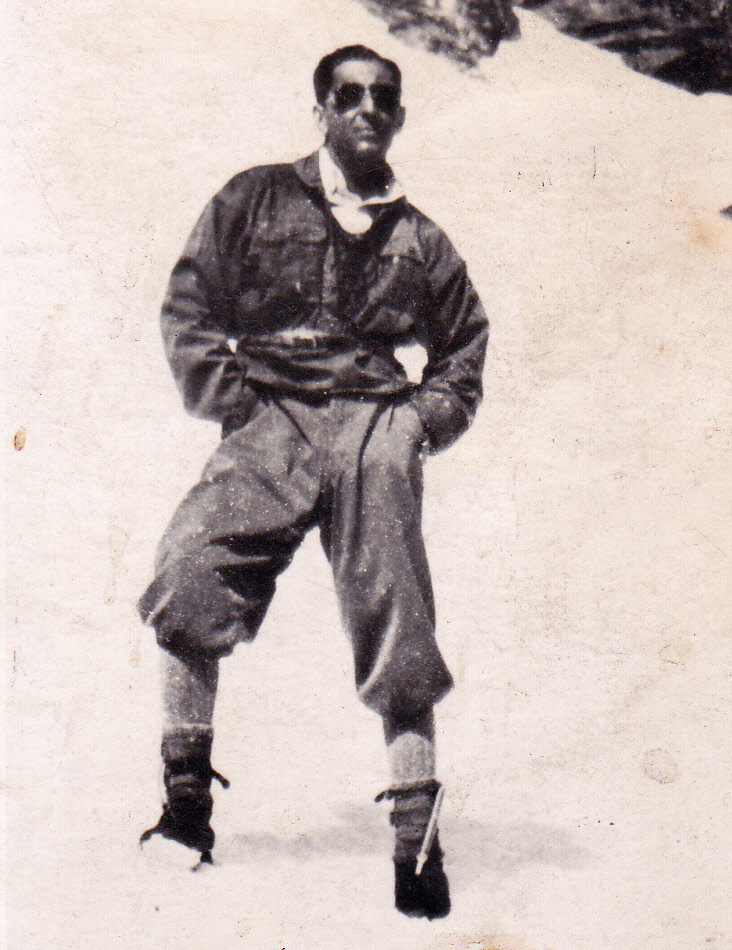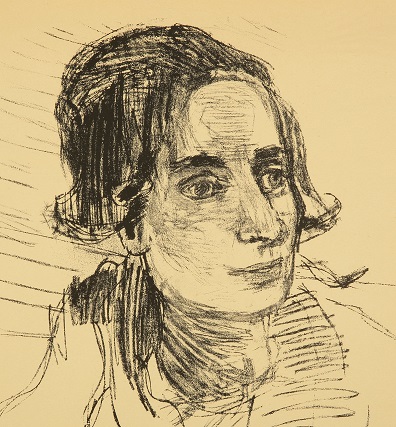Level: Basic
When I first started this site many years ago, I made a conscious decision not to write about the Holocaust because this site would be about who we are and what we do, not about what was done to us. At various times I've thought about adding something about the Holocaust, but there is just too much to say, entire websites have been devoted to it. If you want some good detail, I would recommend (among many, MANY others):
... but then I heard about a school librarian who made eight-year-old children reenact the Holocaust (see Washington Post, FOX 5 News), often paired with stories about the fact that many younger people lack knowledge of the Holocaust (see, e.g., Claims Conference Survey). I decided I needed to put something out here.
But rather than a boring list of facts and figures, I thought I would share some stories from my family that I learned doing genealogy, some who survived and some who did not. My direct ancestors were all in America by 1906, long before the problems began in Germany, but they had family back in Europe who were affected in various ways. These are their stories.
But I will start off with a couple of boring facts and figures:
And now on to the family stories...

My great-grandfather, Henry Rich (Heinrich Reich) was born in Vienna in 1878. He came to America as a five year old boy and died here in 1933. When I found his Vienna birth registration in the collection of the Israelitische Kultusgemeinde Wien (Jewish Community of Vienna), I found these strange stamps on five different rows on the page: Annahme des Zusatznamens Israel - Sara angezeigt! (Assume of the additional names that Jew - Jewess is displayed). What is that supposed to mean? It reminds the Nazi clerks reviewing the records that all of the names on the record, including the parents, witnesses, midwife and circumciser, are all potentially Jewish and should be recorded. The Nazis made official rubber stamps for this purpose, and their clerks diligently marked the date that they reviewed the records. A similar stamp appears on the registration page of Henry's sister, born two years earlier.
A Holocaust denier once asked me, how could the Nazis know who the Jews were? This is one way they knew: they confiscated the records of the local Jewish communities and diligently reviewed them to identify all of the Jews named in all of the records. This is also why, for genealogy purposes, it is generally possible to find records back to about 1845 and difficult before that time. The Nazis preserved records back to that date because they needed them to identify Jews, but had no need for older records.
My great-grandmother, Rose Gottlieb, and her brother Herman were born in Nahbollenbach, Germany. They came to America in the 1890s and became American citizens. Their three siblings stayed in Germany, married and had children, but they remained in touch. When things started getting bad in Germany, the siblings and their children (now adults) headed for America, mostly arriving between September 1936 and 1939. They were able to get into America because Rose and Herman were longtime American citizens by that point with the financial means to support their relatives in America until they were settled. All but one of the Gottlieb family got to America before the worst came. Many other Germans who tried to flee the Nazi regime were not so fortunate and were sent back to their deaths.

Several of the younger members of the Gottlieb family volunteered for American military service after fleeing from Germany and fought against Germany in World War II. Their native knowledge of the German language was very useful to America. In fact, one of those men, Fred Gottlieb, worked as an interrogator for the Army, and his native knowledge of German combined with his insulting status as a Jew was very valuable to Intelligence. Fred died in the Battle of the Bulge and was posthumously awarded the Purple Heart and the Legion of Merit for his service to his new country.
Another Gottlieb niece, Irma Leopold, moved to Holland with her husband and infant daughter in the late 1930s, but Holland was not as safe as they expected. Germany took over Holland not long after their arrival, and they did not know that the rest of the family had safely gotten to America. In 1942, they were to be sent to a deportation camp, but they went into hiding in a friend's attic, much like Anne Frank but with more success. They were still in hiding when American troops arrived to announce that the town was liberated. The troops had a soldier who spoke German natively to spread the word. That soldier was Irma's brother Theodore, who had volunteered for the American Army after immigrating to America from Germany. Irma had lost touch with Theodore and did not even know that he was alive let alone an American soldier.
Lajos Magaziner was my great-great-grandfather's first cousin. He was one of the largest manufacturers of window shutters in Budapest. Emperor Franz Jozsef of the Austro-Hungarian Empire was fascinated with his work, creating shutters that opened with a lever instead of the usual crank. His company provided shutters for a new building at the Budapest Technical University in 1910 and he was awarded the title of Ferenc Jozsef-rend lovagja (Knight of the Order of Franz Joseph), which I gather is similar to the British MBE.

Lajos died before the Holocaust hit Hungary, and two of his children had left Europe by that time: daughter Erzsebet (actress Elsa Ersi) came to America hoping for fame in Hollywood, and son Gyula (Julius) came to America to return the body of my distant uncle who died suddenly during a family trip to Hungary. The shutter business was run by the remaining two sons, Elemer and Pal.

Elemer had married a Catholic woman, so when the time came the shutter business was put in her name to preserve it. Elemer and Pal were taken away to forced labor in a brick factory. Elemer was in poor health with kidney problems and died on a forced march to the Mauthausen Concentration Camp while Pal carried him on his back. Pal was in much better health, an Austro-Hungarian veteran of World War I. He was an Alpine mountain climber who wrote a book about skiing called Sielni nem boszorkanysag (Skiing is not witchcraft!), which provided short, simple explanations of some basic skiing techniques. But his good health did not save him. He survived the brutal working conditions at Mauthausen, but then the Germans overloaded the camp with prisoners from other camps and starvation set in. He died at Mauthausen less than a week before the camp was liberated. A friend of the family who was there said that Pal just gave up in the end.
Both Elemer and Pal have surviving descendants. Elemer's infant sons were able to remain with their Catholic mother. They came to America with her after the war. Pal's wife and 20-year-old daughter hid separately using fake IDs, but they were reunited after the war. Pal's daughter, writer and director Marianne Szemes, provided a survivor interview for the USC Shoah Foundation. I'm not sure that Elemer's descendants even knew that he was Jewish or that he died in the camps.
Many of my relatives in Austria converted to Catholicism in the 1890s, long before the Holocaust. One of them changed his name from Karoly Magaziner to Karl Maroti at the time of conversion. In 1912, Karl married in Berlin. They divorced in 1936, probably due to the 1935 Nuremberg Laws that prohibited marriage between Jews and Aryans and encouraged Aryans to divorce their existing Jewish spouses. Karl was racially Jewish in the eyes of the Nazi regime, even though he had converted to Catholicism more than 20 years before the marriage and more than 40 years before the law was passed. I have not yet found any record of what happened to Karl after the divorce.
The Magaziners are known for long lives, but my great-grandmother's 2nd cousin, Lujza (Magaziner) Fischer was an impressive 83 years old when the when the German army arrived in Szeged, Hungary where she was living. Two of her sons had fought in the Austro-Hungarian Infantry in World War I, one of them losing his life on the Eastern front, but that was of no relevance to the Nazis. They rounded up all of the Jews into the local brick factory. From there, Lujza was deported to Auschwicz, along with her daughter and son-in-law. She died at Auschwicz, and her daughter and son-in-law may have died there too, but her grandson Gyorgy (George) survived. After the war, he married a Holocaust widow and moved to America, where they lived out their lives.

My grandmother's 3rd cousin was art dealer Lilly Agoston. Lilly undoubtedly became familiar with the art world through her stepfather, famous Hungarian painter and graphic artist Jeno (Eugen) Feiks. She became the business partner and lover of art dealer Wolfgang Gurlitt, and they lived together in Berlin with Wolfgang's wife and sister-in-law.
During the Nazi regime, Lilly and Wolfgang purchased art that the Hitler had designated "degenerate" for the Sonderauftrag Linz, Hitler's private museum of looted art. They often bought such art from Jews for pennies on the dollar relative to the true value of the art, but those purchases may have given those Jews the money to escape Germany before it was too late.
Lilly's Jewish heritage caused problems for her and Wolfgang, so they arranged a sham marriage for her with the conveniently-named Hans Christiansen. After the marriage, she continued in business with Wolfgang through the rest of the war and survived.
I'll wrap this up on a somewhat positive note: My grandmother's cousin, Alex Rosenthal took in one of the "One Thousand Children," unaccompanied children who were rescued from the Holocaust by American families. Bernard Pories was born in Munich in 1925. He was 15 years old when he was brought to America by German Jewish Children's Aid. He lived in Philadelphia with other refugees for a while before he was placed with Alex's family, who cared for him like their own child. He served in the American military for a time. Bernard's family in Germany did not survive, and he never went back to Germany. He never changed his name to Rosenthal and identified Alex and his wife as foster parents. But Bernard's children identify Alex and his wife as their grandparents.
 Yom Ha-Shoah
Yom Ha-Shoah Tisha B'Av
Tisha B'Av